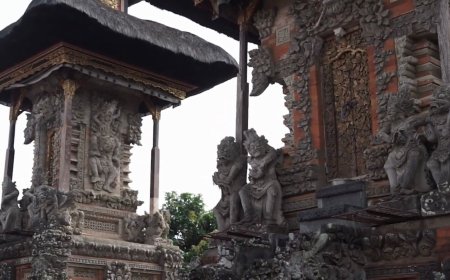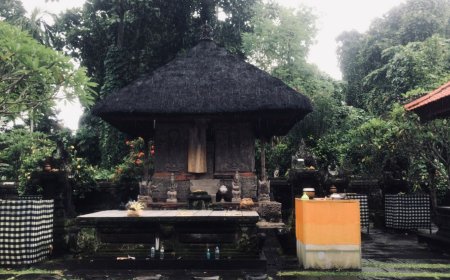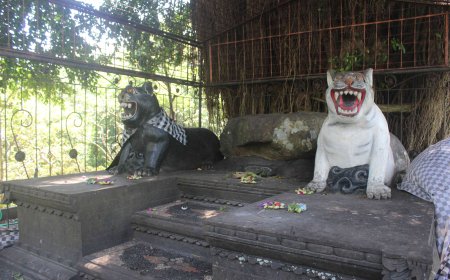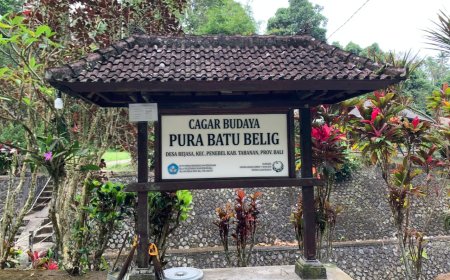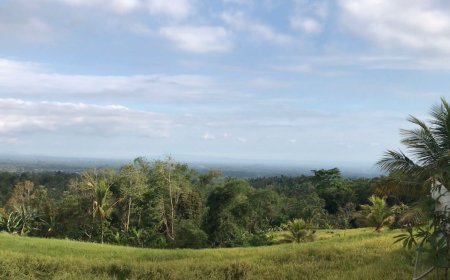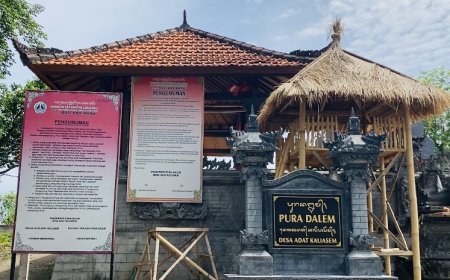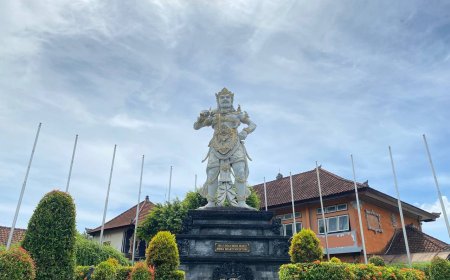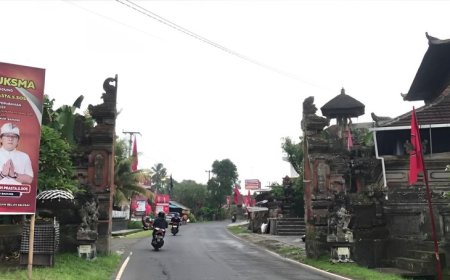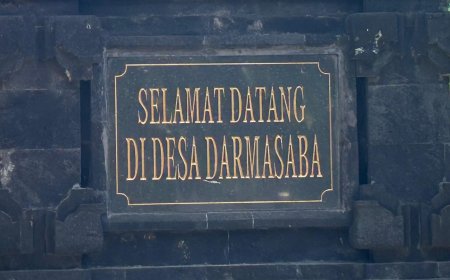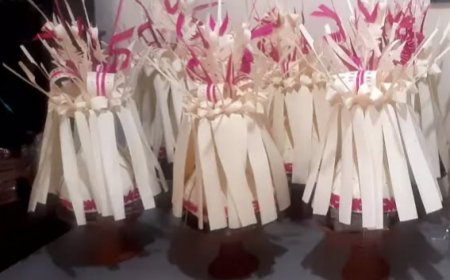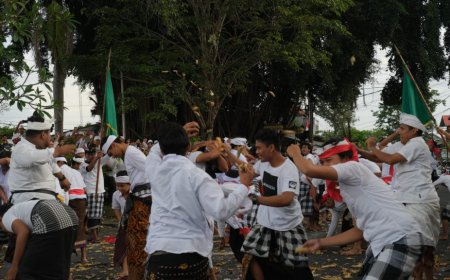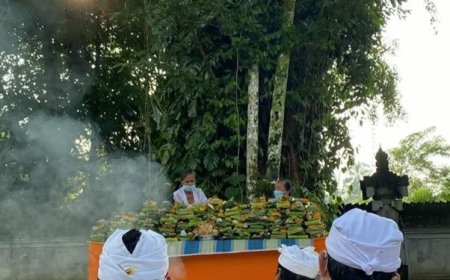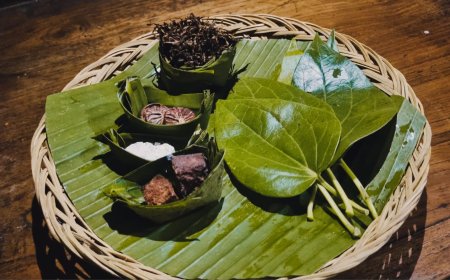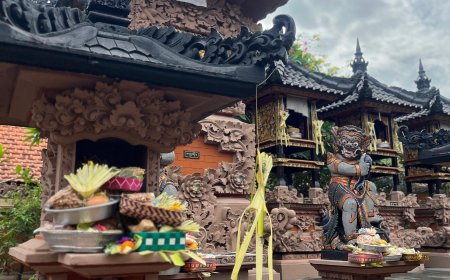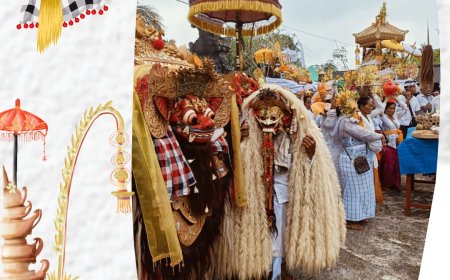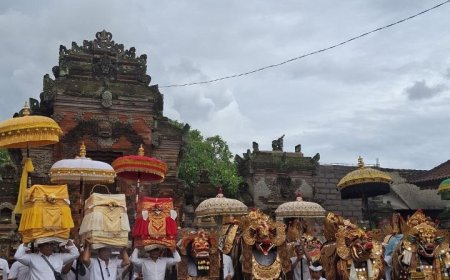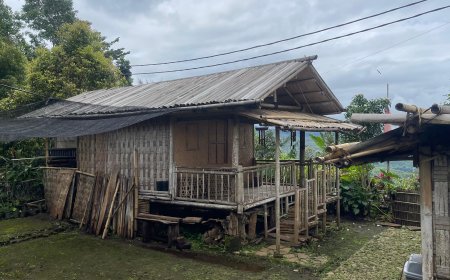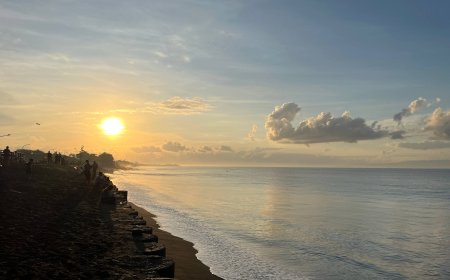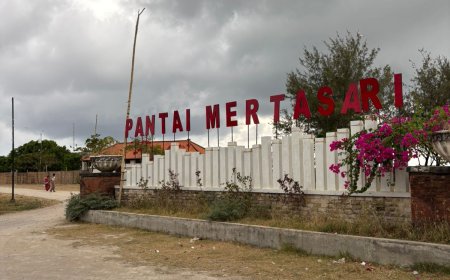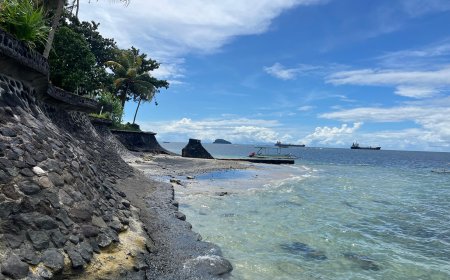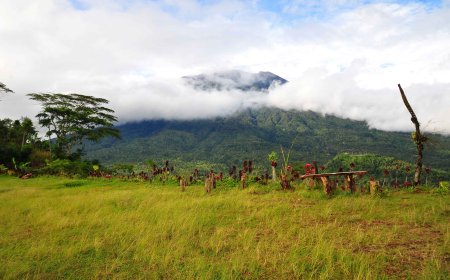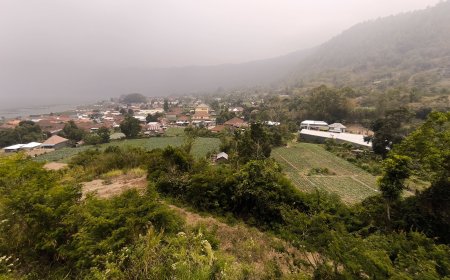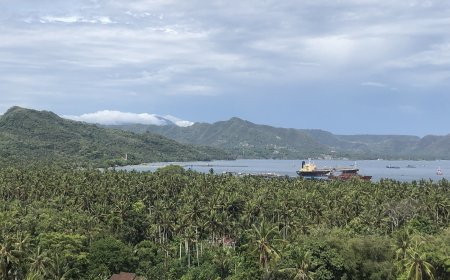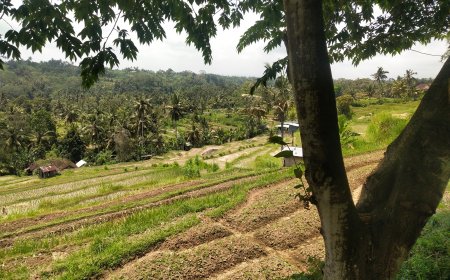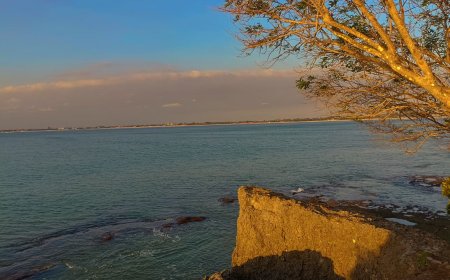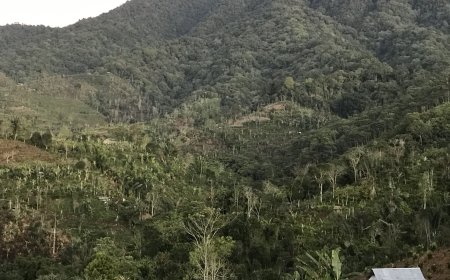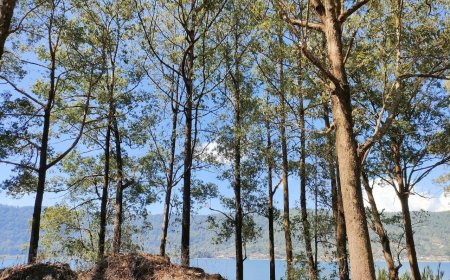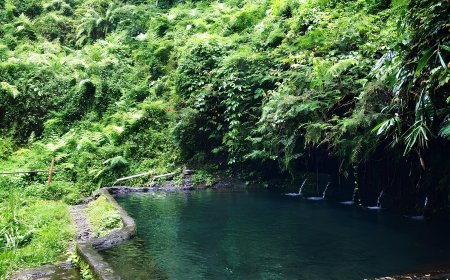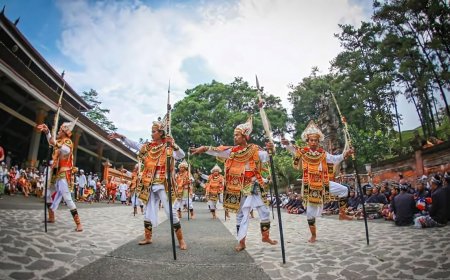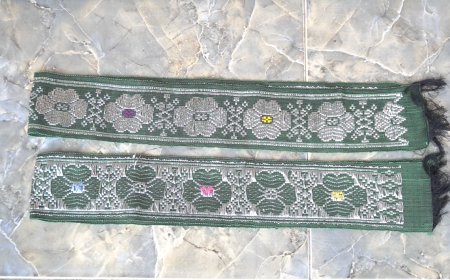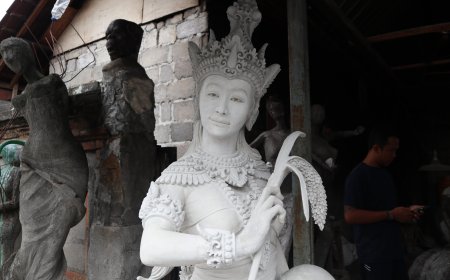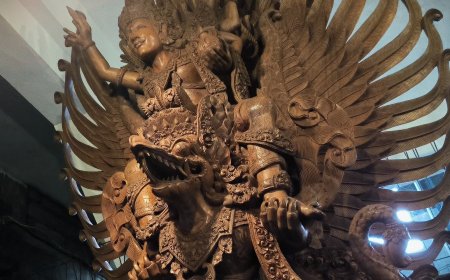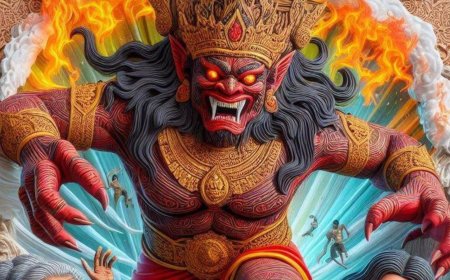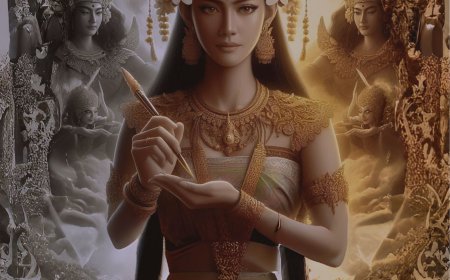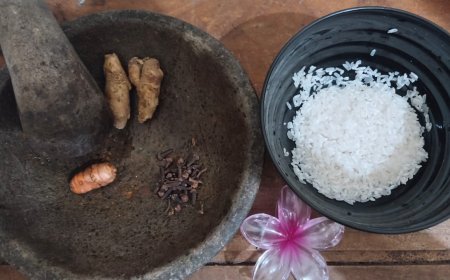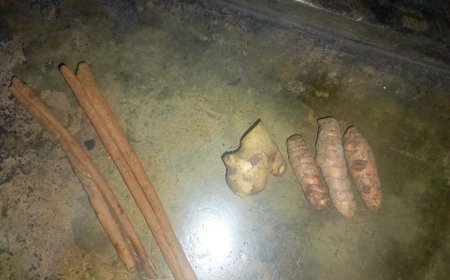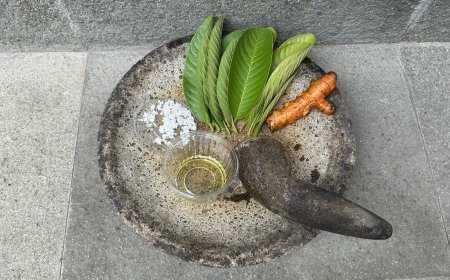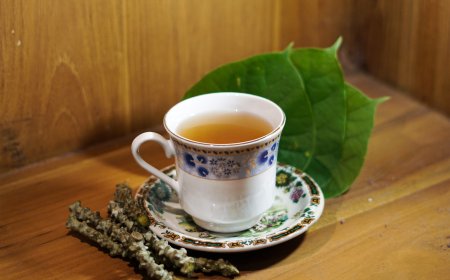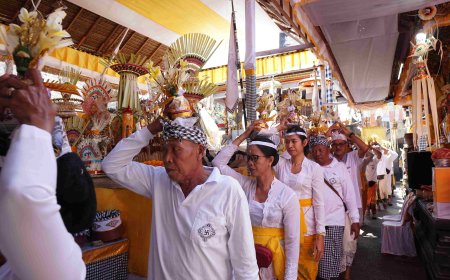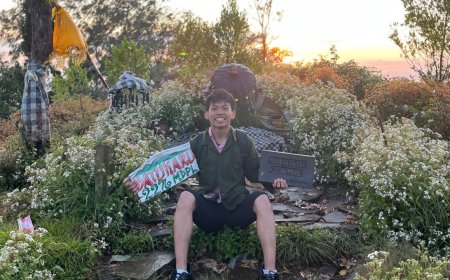A Preserved Legacy: A New Portrait of the Heroes' Park in Carangsari Village
Amidst vast stretches of rice fields stands a sturdy monument that holds the extraordinary history of a heroic warrior born in Carangsari Village, Petang District, Badung Regency, Bali Province. That warrior is none other than National Hero Brigadier General (Posthumous) I Gusti Ngurah Rai.
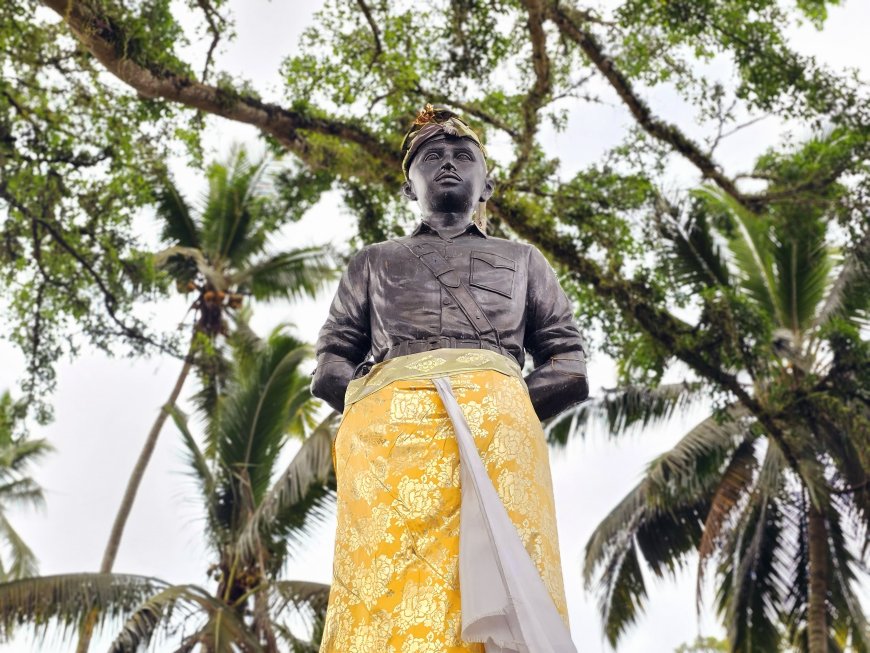
Brigadier General TNI (Posthumously) I Gusti Ngurah Rai (January 30, 1917—November 20, 1946) was an Indonesian military figure who played a pivotal role in the fight for independence. He was the founder and first commander of the Armed Forces of the Republic of Indonesia unit in the Kepulauan Sunda Kecil. Additionally, he led the armed resistance against the Dutch in Bali, particularly in the legendary battle known as the Puputan War in Marga Village, Tabanan Regency, alongside his troops, the Ciung Wanara unit.
As a national hero, he was posthumously awarded one of the highest military honors by the Republic of Indonesia and promoted to brigadier general (he held the rank of lieutenant colonel at the time of his death). He remains one of the most respected figures in modern Balinese history. His name is immortalized in various infrastructure projects, such as Ngurah Rai International Airport, Ngurah Rai University, streets in Bali, and even in numerous other locations across Indonesia.
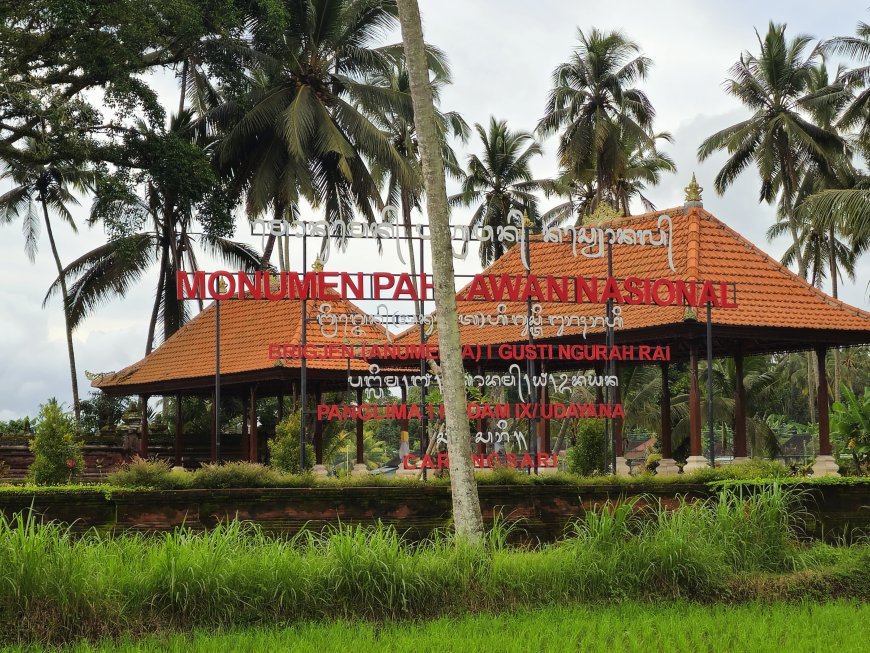
The Front Area of the Monument Complex (Photo Source: Author's Collection)
The National Hero Monument was first established in 1967 and underwent renovations before being officially reopened on December 3, 1999, by the Badung Regent, I Gusti Bagus Alit Putra. Nearly two decades later, the monument required further restoration in 2016 and again in 2024, following damage to the statue caused by falling trees. After such incidents occurred repeatedly, I Gusti Ngurah Rai’s family consulted with spiritual advisors and decided to create a new statue made of bronze, replacing the original statue, which was crafted from paras stone.
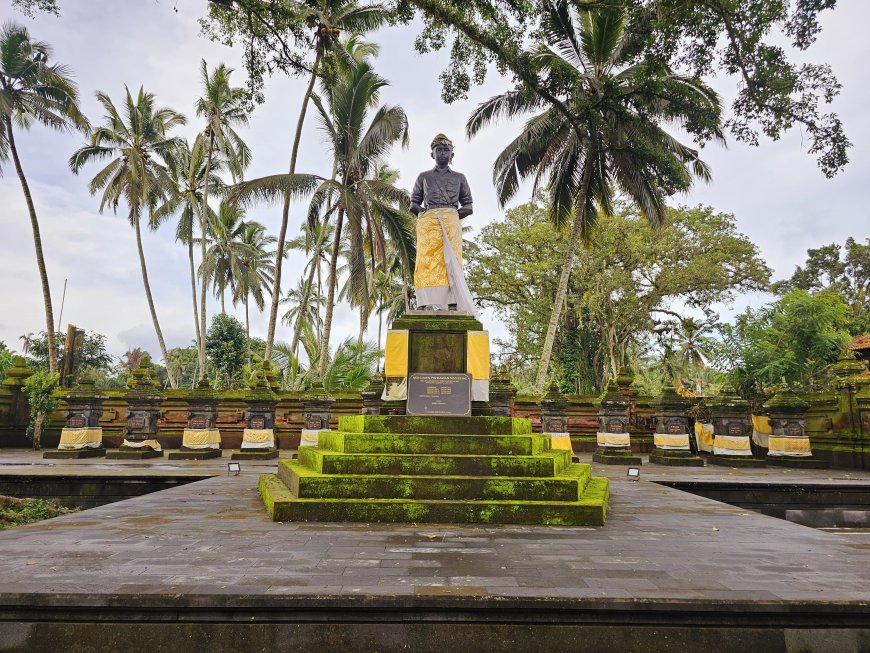
The Statue of I Gusti Ngurah Rai (Photo Source: Author's Collection)
The revitalization process involved creating a 2.05-meter-tall statue weighing 350 kilograms, sculpted by I Gede Sarantika from Mas, Gianyar. The project was completed within 4.5 months. Behind the main statue of I Gusti Ngurah Rai are tombstones honoring other local freedom fighters, including Made Merek and I Marsya from Banjar Senapan, Corporal Nang Kolag from Banjar Sangat, Praptu Pan Warta from Banjar Buangga, and I Gusti Made Japung from Samuan. These individuals were local heroes from the surrounding area of Carangsari Village.
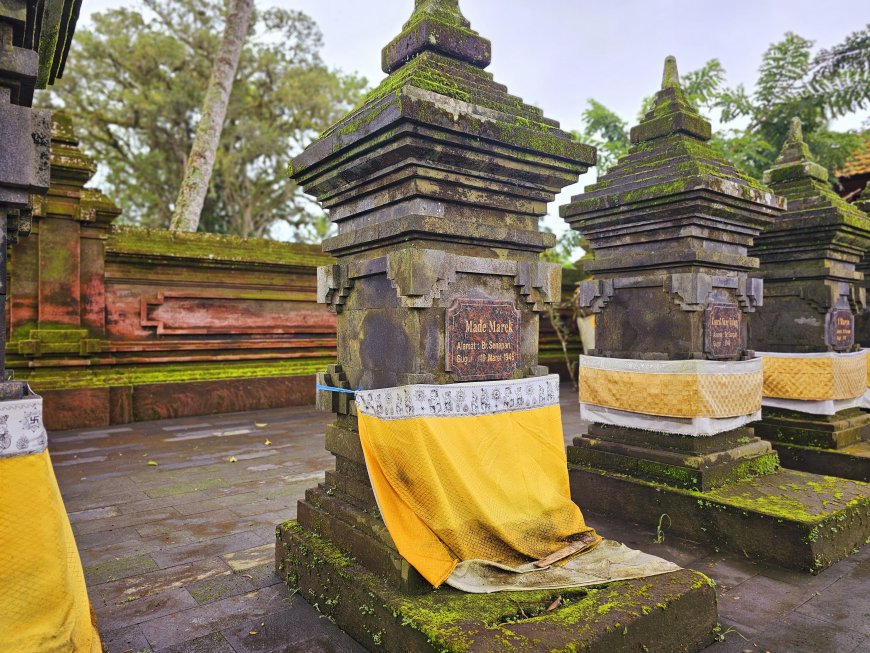
Tombstones of Carangsari Soldiers (Photo Source: Author's Collection)
Before entering the main area, visitors are greeted by majestic kori-kori gates, a hallmark of Balinese architecture, built with red bricks and surrounded by lush trees. The serene atmosphere is unmistakable, as the monument is located amidst rice fields that bring a calming breeze. Visitors can not only delve into history and admire the artistic architecture but also experience the tranquil beauty of Bali's natural surroundings.
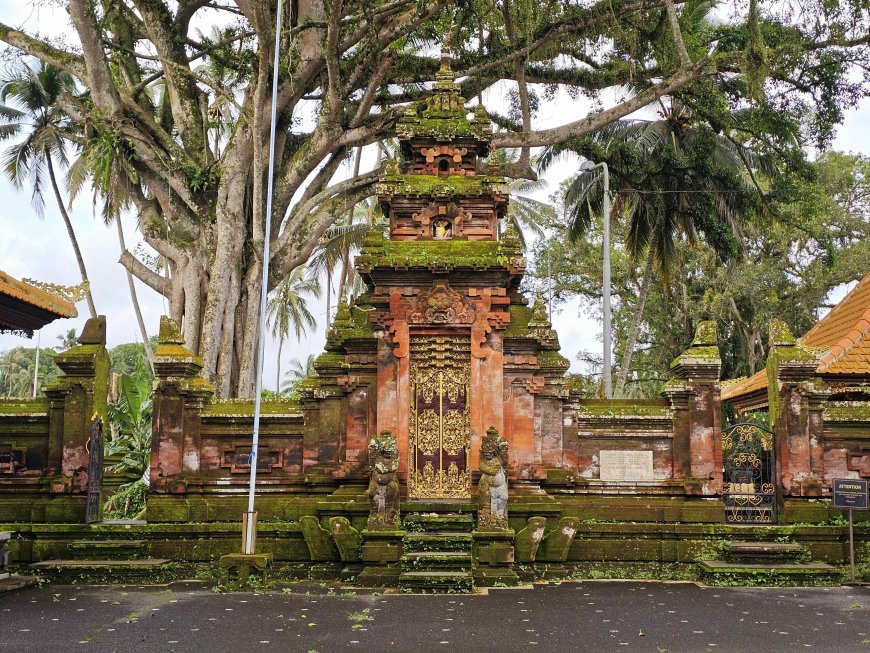
Kori at the Monument’s Main Area (Photo Source: Author's Collection)
The monument features intricate details at its base, with four square sides depicting the heroic history of I Gusti Ngurah Rai. One inscription reads: “FREEDOM! The letter has been safely received. Briefly, we convey the following response: The security of Bali is our responsibility. Since your troops landed, the island has become unsafe. The proof is clear and undeniable. Look at the people's suffering—it has worsened. It threatens the well-being of all people. The economic turmoil further tightens the people’s hardship. Security is disrupted because you violated the people's will, which had already declared its independence.”
These words, written in the Indonesian language of that time, embody the heroic spirit of the fighters and local citizens in their struggle for justice and freedom.

Narrative on the Base of the Statue (Photo Source: Author's Collection)
These inscriptions serve as a reminder of the struggles of the nation’s ancestors in defending their homeland. This monument is not merely a work of art but a medium to educate the public on the importance of preserving and respecting history, as emphasized by Ir. Soekarno: “A great nation is one that does not forget its history. Never, ever forget history.”
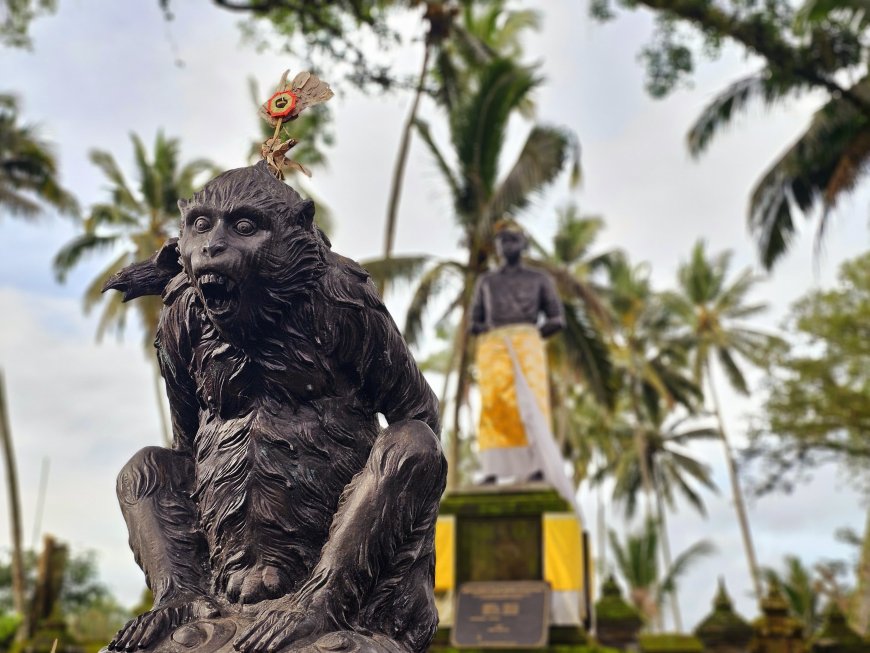
Monkey Statue Symbolizing the Ciung Wanara Troops (Photo Source: Author's Collection)
As a tribute to the Ciung Wanara troops, a statue of a monkey was erected in front of the main monument, symbolizing their role in the fight. This adds historical value to the monument as a site for commemorating the contributions of the nation's heroes.
The revitalization of the monument did not stop at the statue. The Badung Regency Government also expanded the monument complex and added various new infrastructures. This revitalization included the acquisition of two hectares of land, funded with IDR 18.7 billion through special financial assistance from the Badung Regency Government. Additionally, with over IDR 24 billion allocated from the 2023 regional budget, the government developed facilities and supporting infrastructure.

Building Planned for Use as a Museum (Photo Source: Author's Collection)
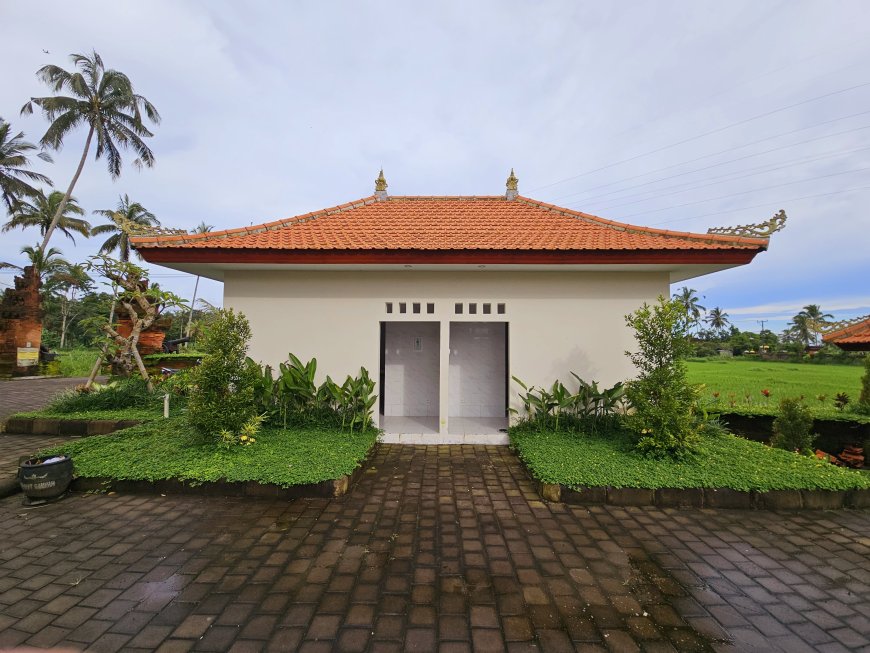
Restroom Facilities at the Monument Area (Photo Source: Author's Collection)
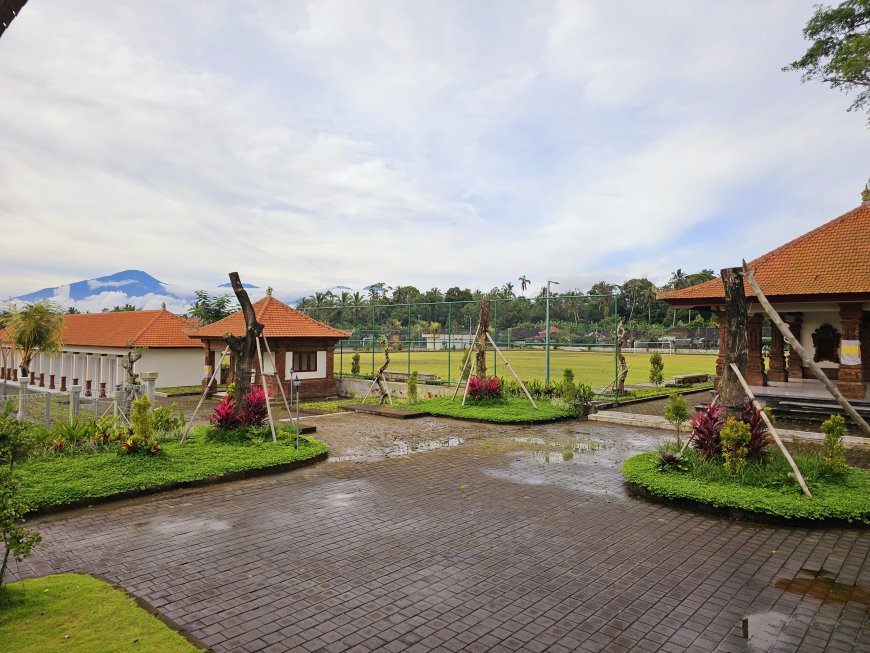
Sport Center, UMKM Center, and Playground (Photo Source: Author's Collection)
The facilities available in this two-hectare complex include restrooms, parking areas, a sports center, a UMKM center, a child-friendly playground, a field, and an open stage that the public can utilize. These amenities enhance the status of Carangsari Village, which previously won the Innovative Tourism Village award in the 2021 Indonesian Tourism Village Awards (ADWI).
Today, the monument is fully open to the public. People from all walks of life visit to play, learn about history, or simply gather while enjoying the serene and scenic surroundings. This monument is not only a place to honor the struggles of the past but also a public space that unites history, art, and the natural beauty of Bali in harmony.

